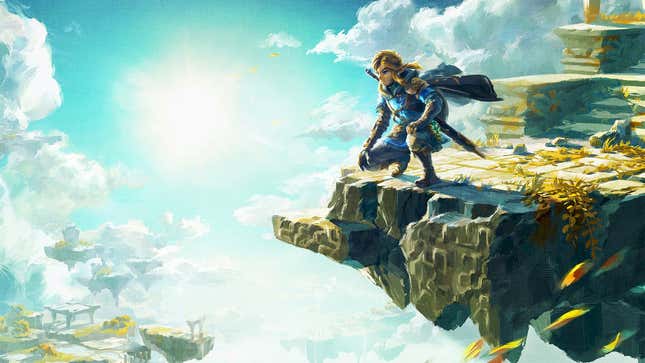Following up Breath of the Wild, one of the defining games of the last decade, is no small task. Tears of the Kingdom builds upon Breath of the Wild’s foundations to stunning effect. The first game asks you to explore its open world to your heart’s content. Tears of the Kingdom asks you to build something in all the empty spaces. Nintendo looked at the previous game’s themes and traversal and, instead of making the world bigger for the sake of it, chose to find new ways to extrapolate those ideas into something altogether different.
Tears of the Kingdom is all about experimentation, creative thinking, and problem-solving, and no two people play it the same way. I remember being in Discord calls playing the game alongside friends and it took days or weeks for some of us to come across certain storylines and characters others encountered right away because the paths we took were so vastly different. Then we used the Ultrahand mechanic to build vehicles, platforms, and other tools to solve puzzles with solutions that hadn’t crossed each other’s minds. Sharing a Tears of the Kingdom clip is like presenting an art piece all one’s own, as people’s stunts, creations, and solutions were expressions of their creativity. Breath of the Wild told players to go wherever they wanted, and then Tears of the Kingdom asked them to find a new way to get there. Like its predecessor, it will be hugely influential to the next generation of open-world games.




